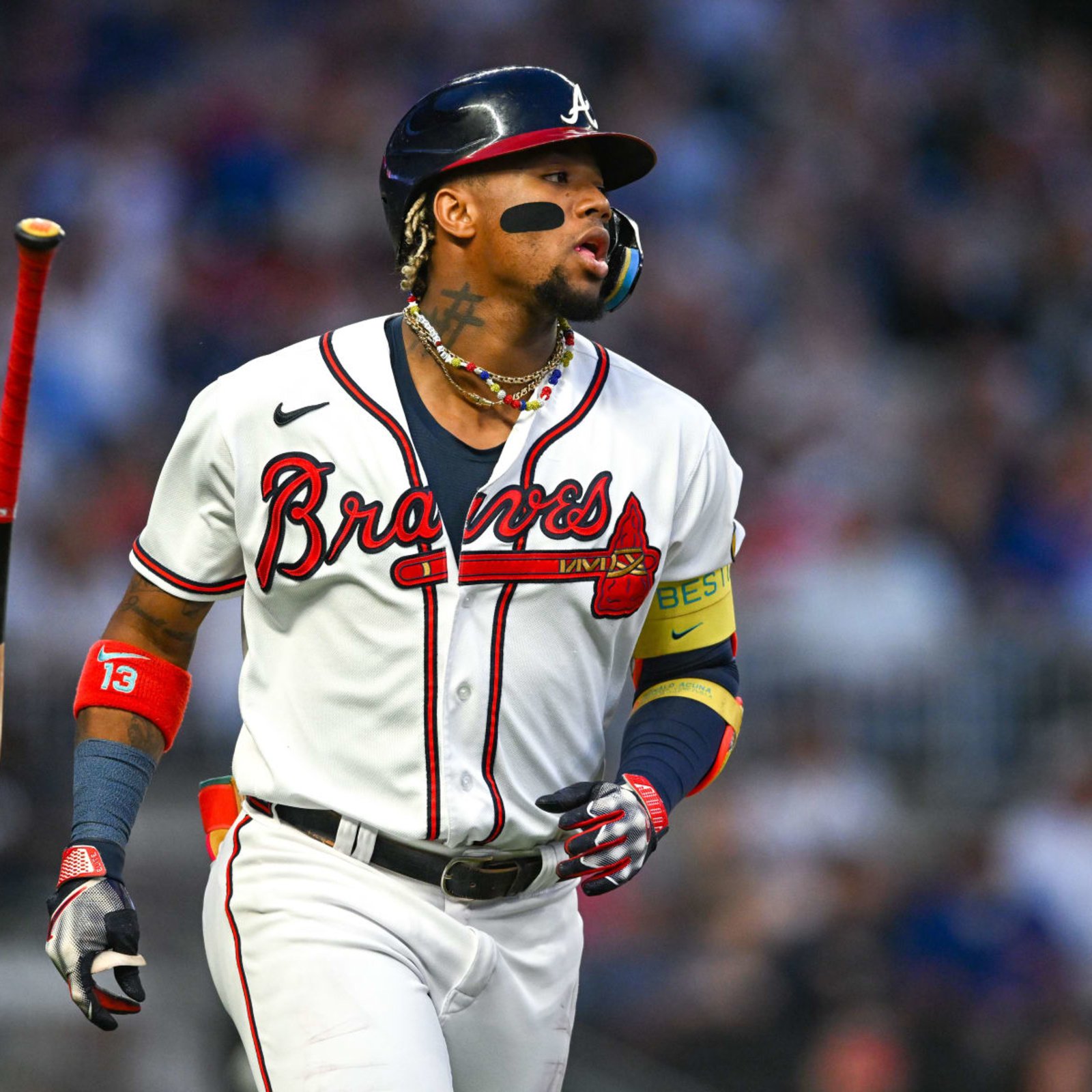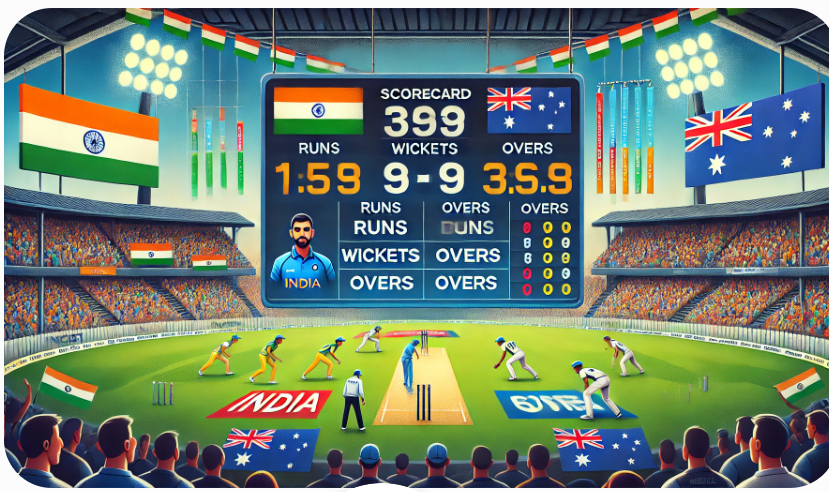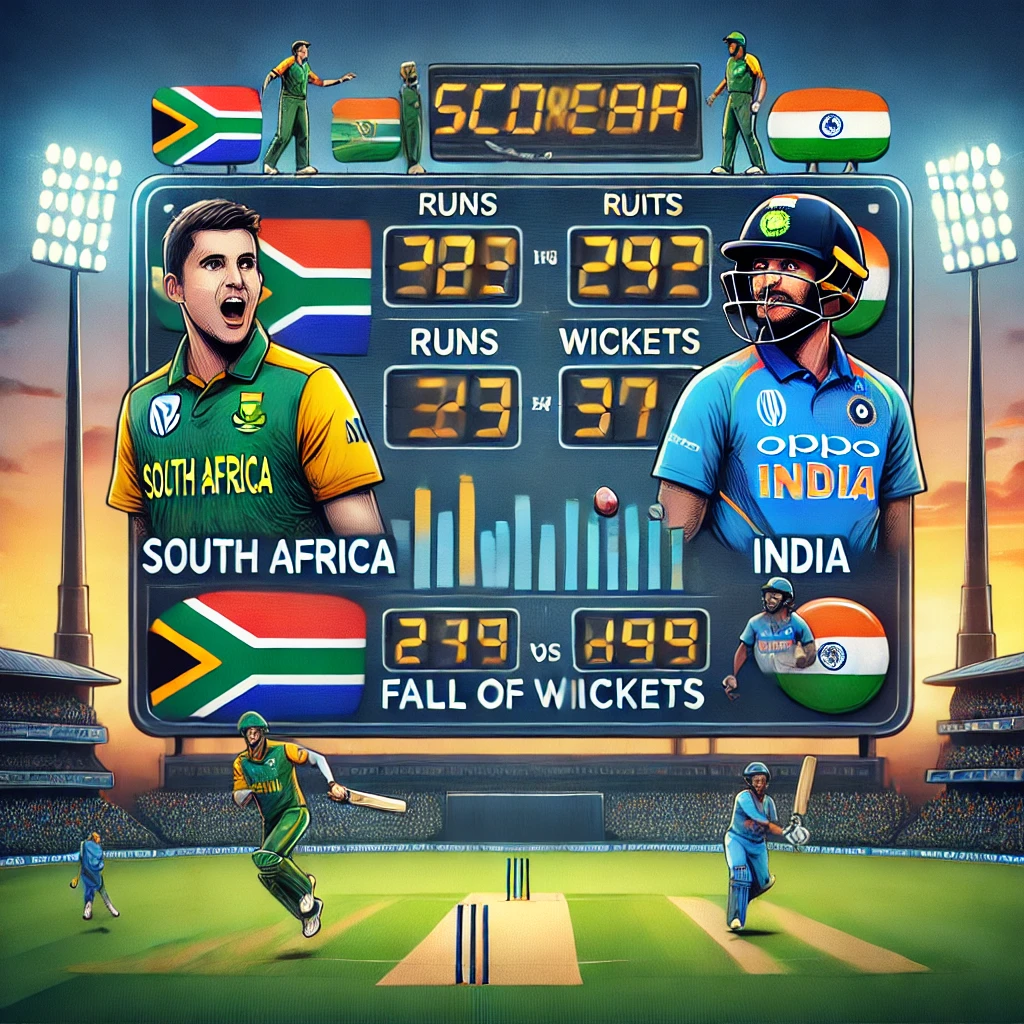Sport
The Rise and Evolution of Purdue Basketball: A Comprehensive Overview

Purdue University, located in West Lafayette, Indiana, is renowned for its strong athletic programs, particularly in basketball. The Boilermakers have a storied history in college basketball, marked by impressive achievements, legendary players, and a dedicated fan base. This blog post explores the evolution of Purdue basketball, from its early days to its current status as a perennial powerhouse in college basketball.
Early Years: Establishing a Legacy
Purdue basketball began its journey in 1896, just a few years after the establishment of the NCAA. The first official game was played against a local team, the Lafayette YMCA, marking the beginning of a long and illustrious tradition. Initially, the team faced challenges typical of new programs, including limited resources and inexperienced players. However, the Boilermakers quickly gained traction.
In the early 1900s, Purdue hired its first full-time coach, Joseph “Joe” H. Williams, who led the team to its first winning season in 1907. Williams emphasized the importance of teamwork and discipline, principles that would become the foundation of Purdue basketball. Under his guidance, the team developed a competitive edge, setting the stage for future success.
The 1930s and 1940s: Building Momentum
The 1930s and 1940s were pivotal decades for Purdue basketball. The team made its first significant mark on the national stage by participating in the NCAA Tournament’s inaugural edition in 1939. Although they did not win the championship, their presence established Purdue as a competitive program.
In 1940, Purdue won its first Big Ten Conference title, which laid the groundwork for future successes. The following years saw the emergence of standout players, including John “Bunny” Warren and a young coach, Lenny Wilkens, who would go on to have a successful career in the NBA.
The 1960s and 1970s: A Championship Contender
The 1960s marked a turning point for Purdue basketball, as the program began to attract top-tier talent. In 1969, the Boilermakers secured their first NCAA Championship game appearance, led by legendary coach George King. The team featured future NBA star Rick Mount, whose scoring ability electrified fans and helped elevate Purdue’s status in college basketball.
The following decade solidified Purdue’s reputation as a national powerhouse. Under coach Fred Schaus, the Boilermakers reached the NCAA Tournament several times, consistently contending for Big Ten titles. The team’s strong performances during this period earned them a place among the elite programs in the country.
The 1980s: A New Era of Success
The 1980s ushered in a new era for Purdue basketball, marked by the arrival of coach Gene Keady. Keady, known for his intense coaching style and emphasis on defense, quickly transformed the program. Under his leadership, Purdue became a perennial contender in the Big Ten Conference and made several deep runs in the NCAA Tournament.
One of the defining moments of this era was the emergence of All-American players like Troy Lewis and Glenn Robinson. Robinson, known as “The Big Dog,” led the Boilermakers to the Final Four in 1994, marking a significant achievement for the program. Purdue’s consistent success during the 1980s and early 1990s solidified its status as a national contender.
The 1990s: Maintaining the Momentum
The 1990s saw Purdue basketball continue its tradition of excellence. Gene Keady remained at the helm, guiding the team to multiple NCAA Tournament appearances and further cementing Purdue’s place in college basketball history. The Boilermakers reached the Elite Eight in 1994 and 1998, showcasing their ability to compete at the highest level.
Purdue also produced several standout players during this period, including future NBA stars like Glenn Robinson and Brian Cardinal. These players not only excelled on the court but also left a lasting impact on the program’s culture and legacy.
The 2000s: A New Direction
As the new millennium approached, Purdue faced challenges that tested its resilience. In 2005, Gene Keady retired after a legendary 25-year tenure, leaving big shoes to fill. The program turned to Matt Painter, a former player and assistant coach, to lead the way.
Painter’s arrival marked a new era for Purdue basketball. He quickly revitalized the program, instilling a sense of discipline and a focus on team-oriented play. Under his leadership, the Boilermakers made significant strides, returning to the NCAA Tournament in 2007 and consistently competing for Big Ten titles.
The 2010s: A Resurgence
The 2010s were a transformative decade for Purdue basketball, characterized by both individual and team successes. The program achieved numerous milestones, including winning the Big Ten regular-season title and earning several NCAA Tournament berths. The Boilermakers showcased a balanced and dynamic playing style, combining strong defense with a potent offense.
Key players such as Robbie Hummel, E’Twaun Moore, and JaJuan Johnson became household names, leading Purdue to multiple NCAA Tournament appearances. The team’s deep runs in the tournament, including a trip to the Elite Eight in 2019, reignited the passion of Purdue fans and solidified the program’s status as a national contender.
The 2020s: Continuing the Legacy
As Purdue entered the 2020s, the program continued to build on its rich history. Coach Matt Painter remained at the helm, focusing on developing young talent and maintaining a winning culture. The Boilermakers consistently competed for Big Ten championships, showcasing their resilience and adaptability in a highly competitive landscape.
Purdue’s recruiting efforts paid off with the arrival of talented players such as Trevion Williams and Jaden Ivey, who showcased their skills on the national stage. The team’s performance in the NCAA Tournament further established its status as a top program, as they consistently advanced to the later rounds and challenged for national titles.
Purdue Basketball’s Impact on the Community

Beyond the court, Purdue basketball has had a profound impact on the local community and the university as a whole. The program’s success has brought pride to students, alumni, and fans, fostering a sense of unity and tradition. The passionate fan base, known as the “Boiler Nation,” plays a crucial role in creating a vibrant atmosphere during home games at Mackey Arena.
The program’s commitment to academic excellence also sets it apart. Purdue athletes are encouraged to excel in the classroom, ensuring that their educational pursuits remain a priority alongside their athletic endeavors. This commitment to academics has led to numerous accolades for student-athletes, reinforcing the university’s mission of developing well-rounded individuals.
Conclusion: A Bright Future Ahead
Purdue basketball’s journey is a testament to the program’s resilience, dedication, and passion for the game. From its humble beginnings to its current status as a national contender, the Boilermakers have left an indelible mark on college basketball history.
As the program continues to evolve, the future looks promising. With a strong foundation built on tradition and excellence, Purdue basketball is poised to remain a force in college basketball for years to come. The commitment to developing young talent, maintaining a winning culture, and engaging with the community ensures that the legacy of Purdue basketball will endure for generations.
As fans look ahead, they can take pride in the rich history of the program while eagerly anticipating what the future holds for the Boilermakers. Whether it’s a thrilling NCAA Tournament run or the emergence of the next great player, Purdue basketball will undoubtedly continue to captivate the hearts and minds of its supporters.
Share this content:
Sport
Sport Climbing Combined: A Thrilling Addition to the Olympics

Sport climbing has emerged as one of the most electrifying additions to the Olympic Games. Combining elements of speed, technique, and endurance, this dynamic sport captivated audiences when it made its debut at the 2020 Tokyo Olympics. Now, the “combined format” is gearing up to make waves in future competitions. In this blog, we’ll delve into what sport climbing combined entails, its unique appeal, and how it is reshaping the Olympic landscape.
What is Sport Climbing Combined?
The “combined” event in sport climbing is a fusion of three distinct disciplines: speed climbing, bouldering, and lead climbing. Each tests different physical and mental attributes, making the format both challenging for athletes and exhilarating for spectators. Here’s a breakdown of each discipline:
Speed Climbing: Two climbers race side-by-side on a standardized vertical wall, aiming to reach the top in the shortest time possible. It’s all about explosive power and precision.
Bouldering: Athletes attempt to solve complex climbing puzzles on shorter walls without ropes. They have a limited number of attempts to complete as many “problems” as possible within a set time.
Lead Climbing: Climbers aim to ascend as high as possible on a much taller wall within a time limit, using a rope for safety. This discipline emphasizes endurance and strategic thinking.
The combined format challenges athletes to excel across all three, showcasing their versatility and resilience.
The Evolution of Sport Climbing in the Olympics
Sport climbing made its Olympic debut in 2020 with a single combined event. While the format was thrilling, it received criticism for forcing athletes to compete in disciplines they might not specialize in. For example, speed climbers, who thrive on quick bursts of energy, had to compete in bouldering and lead climbing, which require different skills.
In response, the International Federation of Sport Climbing (IFSC) revised the format for the 2024 Paris Olympics. Now, there will be two separate events:
A speed-only event to highlight specialists.
A bouldering and lead combined event for athletes with all-around skills.
This change aims to better balance the competition and spotlight the diverse talents within the sport.
What Makes Sport Climbing Combined Unique?

1. Diversity of Skills: Sport climbing combined is a true test of an athlete’s versatility. Mastering speed, problem-solving, and endurance requires an incredible range of skills. It’s akin to asking a sprinter to also excel in hurdles and long-distance running.
2. Dynamic and Unpredictable: With three distinct disciplines, the combined format keeps audiences on the edge of their seats. A climber might dominate in one event but falter in another, leading to dramatic shifts in rankings.
3. Global Appeal: Sport climbing draws inspiration from outdoor climbing, a globally popular activity. Its inclusion in the Olympics introduces millions of viewers to the excitement of competitive climbing.
4. Youthful Energy: With its fast-paced action and focus on agility, sport climbing appeals to younger audiences, aligning with the Olympics’ push to stay relevant to new generations.
Key Athletes to Watch
As sport climbing gains prominence, several athletes have become household names. Here are a few standout climbers:
Janja Garnbret (Slovenia): Often referred to as the “Queen of Climbing,” Janja won gold in Tokyo and dominates both bouldering and lead climbing.
Adam Ondra (Czech Republic): A legend in the climbing world, Adam’s exceptional technique and versatility make him a strong contender in the combined format.
Natalia Grossman (USA): Known for her bouldering prowess, Natalia is one of the rising stars in the sport.
Bassa Mawem (France): A speed climbing specialist, Bassa represents the explosive power and precision needed for this discipline.
Training for Sport Climbing Combined
Training for the combined format is no small feat. Athletes must juggle the demands of three vastly different disciplines:
Physical Conditioning: Speed climbing requires explosive strength, while bouldering emphasizes core power and agility. Lead climbing, on the other hand, demands exceptional endurance.
Mental Focus: Bouldering problems often involve solving complex moves under pressure, requiring athletes to think quickly and strategically.
Time Management: With limited time to train, athletes must prioritize improving their weaker disciplines while maintaining their strengths.
The dedication and discipline required make these climbers some of the most well-rounded athletes in the world.
The Future of Sport Climbing in the Olympics
The introduction of a speed-only event and a bouldering/lead combined event in Paris 2024 marks a significant step forward for sport climbing. These changes address the concerns raised in Tokyo and allow specialists to shine in their respective disciplines. The revised format also ensures fairer competition and more excitement for fans.
Looking beyond 2024, sport climbing has the potential to grow even further. The sport’s accessibility—climbing walls can be found in gyms worldwide—and its connection to outdoor climbing give it a unique advantage in attracting new participants. Additionally, the inclusion of more diverse events, such as team-based competitions, could further enhance its Olympic presence.
Why Sport Climbing Combined Matters
Sport climbing combined is more than just a test of athleticism; it’s a celebration of the human spirit. It challenges athletes to push their limits, adapt to new challenges, and persevere under pressure. For spectators, it offers a thrilling mix of speed, strategy, and spectacle.
As the sport continues to evolve, its inclusion in the Olympics serves as a reminder of the Games’ ability to adapt and embrace new traditions. Sport climbing combined is a perfect example of how modern sports can captivate audiences while honoring the timeless values of determination and excellence.
Sport climbing combined has redefined what it means to compete in the Olympics. With its blend of physical prowess, mental agility, and raw excitement, it’s no wonder the sport has quickly become a fan favorite. As we look forward to future Games, one thing is certain: sport climbing is here to stay.
Share this content:
Sport
India vs. South Africa: A Historic Rivalry in Cricket

The cricketing rivalry between India and South Africa is one of the most captivating in the sport’s history. From their first encounter in 1991 to the recent T20 World Cup final in 2024, these two teams have delivered numerous memorable matches. This blog delves into the evolution of their rivalry, highlighting key matches and their significance.
Early Encounters and the Dawn of a Rivalry
South Africa’s re-entry into international cricket in 1991 marked the beginning of their on-field battles with India. The inaugural series in India saw the hosts clinch victory, setting the stage for a competitive relationship. Over the years, both teams have showcased their prowess across formats, with each series adding layers to their rivalry.
Memorable Matches That Defined the Rivalry
1. 1996 World Cup Quarterfinals: In a high-stakes match, India emerged victorious, eliminating South Africa from the tournament. This win was pivotal for India, propelling them to the semifinals and solidifying their status as a formidable team.
2. 2002 ICC Champions Trophy: The semifinals witnessed a thrilling contest where India edged out South Africa, advancing to the finals. This match is remembered for its intense competition and the resilience displayed by both sides.
3. 2010 Test Series in South Africa: India’s tour of South Africa in 2010 was significant, as they managed to draw the Test series 1-1. This performance was a testament to India’s growing competence in overseas conditions, challenging South Africa on their home turf.
Recent Clashes and the 2024 T20 World Cup Final
The rivalry reached new heights during the 2024 ICC Men’s T20 World Cup. The final, held on June 29, 2024, at Kensington Oval in Bridgetown, Barbados, was a spectacle of cricketing excellence.
Match Summary: 2024 T20 World Cup Final
India Innings: Opting to bat first, India posted a total of 176/7 in their 20 overs. Virat Kohli played a pivotal role, scoring 76 runs off 59 balls, anchoring the innings amidst early setbacks. Axar Patel contributed a valuable 47 runs, stabilizing the middle order. South Africa’s Keshav Maharaj was the standout bowler, taking 2 wickets for 23 runs in his 3 overs.
South Africa Innings: Chasing 177, South Africa started cautiously. Despite a valiant effort from Heinrich Klaasen, who scored 52 off 27 balls, South Africa fell short, finishing at 169/8 in their 20 overs. India’s bowlers, particularly Hardik Pandya with figures of 3/20, played a crucial role in restricting the opposition.
Key Moments and Turning Points
Kohli’s Masterclass: Virat Kohli’s innings was a blend of aggression and composure, providing the backbone for India’s total. His ability to anchor the innings after early wickets was instrumental in setting a competitive target.
Klaasen’s Counterattack: Heinrich Klaasen’s explosive batting brought South Africa back into contention. His dismissal, however, marked a turning point, shifting the momentum in India’s favor.
Suryakumar Yadav’s Spectacular Catch: In the final over, Suryakumar Yadav’s acrobatic catch to dismiss David Miller was a game-changer. His athleticism and presence of mind under pressure were lauded as one of the greatest catches in cricket history.
Post-Match Reflections
India’s victory in the 2024 T20 World Cup final was a culmination of strategic planning, individual brilliance, and team cohesion. The win ended a 17-year wait for a major ICC trophy, marking a significant milestone in Indian cricket. The match also highlighted South Africa’s resilience and the fine margins that define cricketing outcomes.
The Legacy of the India-South Africa Rivalry
The India-South Africa cricket rivalry is characterized by mutual respect and competitive spirit. Both teams have evolved over the years, learning and adapting from each encounter. The 2024 T20 World Cup final added a new chapter to this storied rivalry, showcasing the unpredictable and thrilling nature of cricket.
Looking Ahead
As both nations continue to develop their cricketing talents, future encounters promise to be equally enthralling. The rivalry serves as a reminder of cricket’s ability to bring nations together, fostering sportsmanship and camaraderie.
conclusion
In the India vs. South Africa cricket rivalry is a testament to the sport’s rich history and the enduring appeal of competitive cricket. Each match adds to the narrative, building a legacy that inspires future generations of cricketers and fans alike.
Share this content:
Sport
Thrilling Encounter: India vs. New Zealand Cricket Match Recap

Cricket fans worldwide were treated to an extraordinary match between the India National Cricket Team and the New Zealand National Cricket Team in a recent Test series. This match, held at the iconic [Insert Stadium Name] from [Insert Date], delivered dramatic twists, stellar performances, and intense competition that kept spectators on the edge of their seats. Here’s a detailed recap of the match, complete with a scorecard and key highlights.
Match Overview
Date: [Insert Date]
Venue: [Insert Stadium Name]
Format: Test Match
Result: New Zealand won by [Insert Margin]
The contest kicked off with India winning the toss and electing to bat, hoping to capitalize on favorable pitch conditions. However, what followed was a roller-coaster of emotions for both teams.
1st Innings: India Falters Early
India’s batting lineup faced a nightmare start as New Zealand’s bowlers delivered a phenomenal performance. Spearheaded by Matt Henry, who picked up a stunning five-wicket haul, the Indian side was bundled out for a mere 46 runs — one of their lowest totals in Test cricket history.
India’s 1st Innings Scorecard:
Key Bowler for NZ:
Matt Henry: 5 wickets for 15 runs
New Zealand Dominates with the Bat
In reply, New Zealand capitalized on India’s dismal total with a commanding performance. Devon Conway set the tone with a composed 91 runs, supported by [Other Key Players]. The Kiwis amassed 402 runs, giving them a massive lead of 356 runs.
New Zealand’s 1st Innings Scorecard:
Key Bowler for India:
Ravichandran Ashwin: 3 wickets for 64 runs
India’s Fightback in the 2nd Innings

Trailing by a massive margin, India’s batsmen stepped up in the second innings. Sarfaraz Khan played a spectacular knock of 150, supported by a blistering 99 from Rishabh Pant. Their efforts pushed India to 462 runs, setting a target of 107 runs for New Zealand.
India’s 2nd Innings Scorecard:
Key Bowler for NZ:
Ajaz Patel: [Insert Stats]
New Zealand Secures Victory
Chasing 107 runs for victory, New Zealand faced early hiccups as they lost both openers cheaply. However, a calm and composed partnership between Will Young and Rachin Ravindra sealed the deal, with New Zealand winning by 8 wickets.
New Zealand’s 2nd Innings Scorecard:
Key Moments and Performances
Matt Henry’s Bowling Masterclass: His five-wicket haul in the first innings was instrumental in dismantling India’s batting lineup.
Sarfaraz Khan’s Century: A fighting knock of 150 in the second innings reignited India’s hopes.
Devon Conway’s 91 Runs: His consistency at the top set the tone for New Zealand’s dominance.
Will Young and Rachin Ravindra’s Partnership: Their calm approach ensured New Zealand crossed the finish line.
Player of the Match: Matt Henry
For his exceptional bowling performance in the first innings and consistent contributions throughout the match, Matt Henry was deservingly named Player of the Match.
Conclusion
This India vs. New Zealand match was a roller-coaster of emotions, highlighting the beauty and unpredictability of Test cricket. While India showcased resilience in their second innings, New Zealand’s all-round performance ensured a well-deserved victory. Fans can only anticipate more thrilling contests as these two teams continue their rivalry on the cricket field.
Stay tuned for more updates, and let us know your favorite moment from the match in the comments below!
Share this content:
-

 App6 months ago
App6 months agoExperience Unlimited Entertainment with Castle APK for Android
-

 Health7 months ago
Health7 months agoВетеринарная клиника VetCityPets: Забота о вашем питомце на высшем уровне
-

 AI8 months ago
AI8 months agoUnderstanding 라마 3.1: Features, Benefits, and Applications
-

 Business8 months ago
Business8 months agoSnow Day Calculator: How to Predict School Closures
-

 Travel7 months ago
Travel7 months agoExplore Mega-Personal.net Travel Archives: Your Gateway
-

 Ronaldo8 months ago
Ronaldo8 months agoRonald Acuña Jr.: The Rise of a Baseball Superstar
-

 Business7 months ago
Business7 months agoLand Rover Defender vs. Toyota Land Cruiser: Battle of the Luxury Off-Roaders
-

 Fashion7 months ago
Fashion7 months agoWhy the Essentials Hoodie is a Must-Have in Every Wardrobe







Pingback: Duke Basketball: A Legacy of Excellence and Dominance - Ronaldo